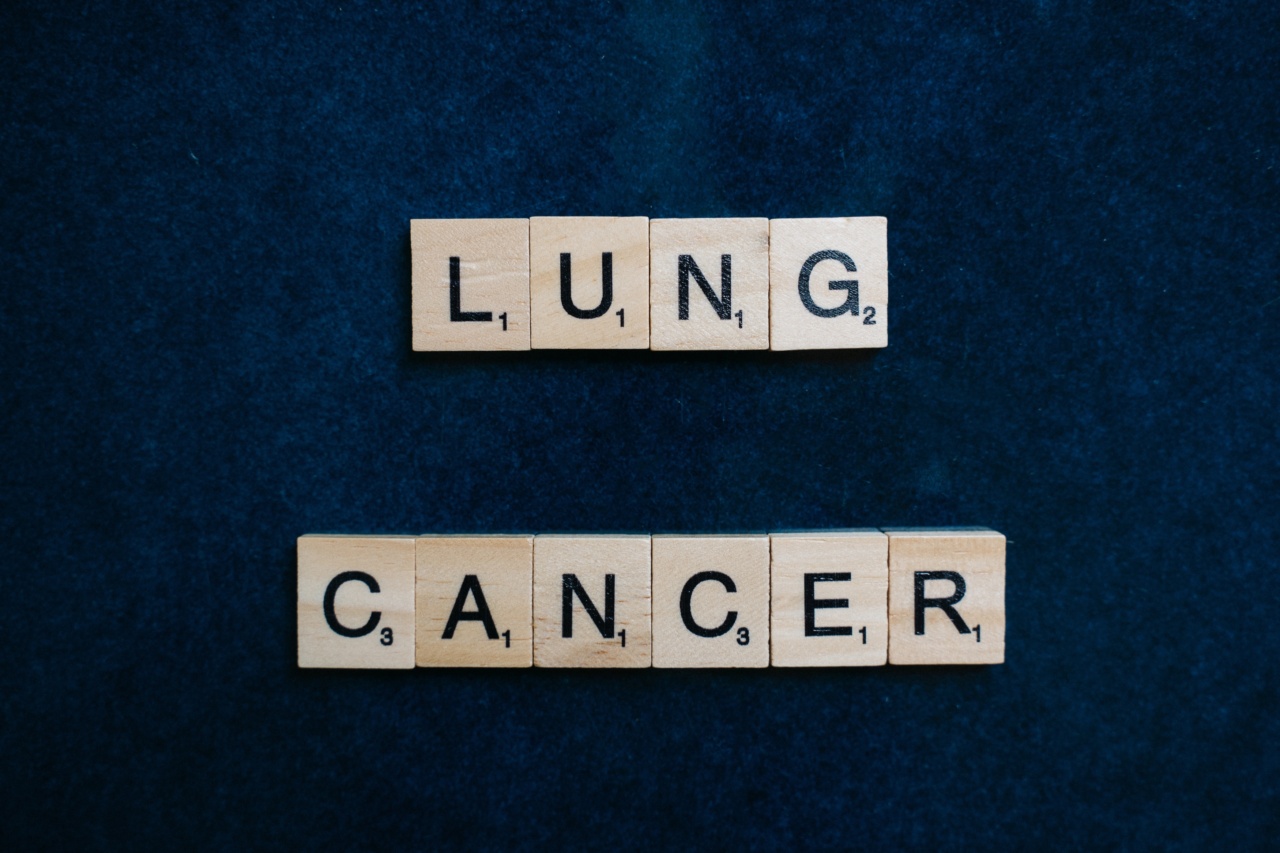Lung cancer is a type of cancer that starts in the lungs and can spread to other parts of the body. It is one of the most common types of cancer and the leading cause of cancer-related deaths worldwide.
While smoking is the leading cause of lung cancer, there are several surprising risk factors that most people are unaware of. In this article, we will discuss the top 10 surprising factors that increase the risk for lung cancer.
1. Air Pollution
Air pollution is a well-known health hazard, and studies have shown that exposure to polluted air increases the risk of lung cancer.
According to the World Health Organization (WHO), air pollution is responsible for more than 7 million premature deaths each year. The main sources of air pollution are transportation, power generation, industry, and agriculture.
2. Radon Gas
Radon gas is a radioactive gas that occurs naturally in soil and rocks. It is a colorless, odorless gas that can seep into homes and buildings and accumulate to dangerous levels. According to the U.S.
Environmental Protection Agency (EPA), radon is responsible for about 21,000 lung cancer deaths each year in the United States.
3. Secondhand Smoke
Secondhand smoke, also known as passive smoking, is the smoke that is exhaled by smokers and the smoke that comes from the burning end of a cigarette, cigar, or pipe.
According to the Centers for Disease Control and Prevention (CDC), secondhand smoke is responsible for about 7,300 lung cancer deaths each year in non-smokers in the United States.
4. Indoor Burning of Coal or Wood
Indoor burning of coal or wood for heating or cooking can release harmful chemicals and particles into the air. Exposure to these pollutants over a long period of time can increase the risk of lung cancer.
5. Asbestos
Asbestos is a group of naturally occurring minerals that are resistant to heat, fire, and chemicals. It was used extensively in the past in construction, manufacturing, and other industries.
Exposure to asbestos can cause lung cancer, as well as mesothelioma, a type of cancer that affects the lining of the lungs, chest, and abdomen.
6. Diesel Exhaust
Diesel exhaust is a mixture of gases and particles that is emitted from diesel engines. It is a known carcinogen and has been linked to lung cancer, as well as other health problems such as heart disease, stroke, and respiratory problems.
7. Genetics
While most cases of lung cancer are linked to environmental factors, genetics can also play a role.
Some people may have a genetic predisposition to developing lung cancer, which means they are more at risk of developing the disease even if they do not smoke or are not exposed to other risk factors.
8. Obesity
Obesity has been linked to an increased risk of several types of cancer, including lung cancer. According to the American Cancer Society, people who are obese are more likely to develop lung cancer than those who are not obese.
9. Hormone Replacement Therapy
Hormone replacement therapy (HRT) is used to relieve symptoms of menopause in women, but it has been linked to an increased risk of several types of cancer, including lung cancer.
According to a study published in the Journal of the National Cancer Institute, women who use estrogen-only HRT are more likely to develop lung cancer than women who do not use HRT.
10. Vitamin Supplements
Vitamin supplements are often promoted as a way to prevent cancer, but some studies have suggested that high doses of certain vitamins, such as beta-carotene, can actually increase the risk of lung cancer in smokers.
It is best to get your nutrients from a balanced diet rather than relying on supplements.
Conclusion
While smoking is the main risk factor for lung cancer, there are several surprising factors that can also increase the risk of this deadly disease.
By being aware of these risk factors and taking steps to reduce your exposure, you can reduce your risk of developing lung cancer and protect your health.






























